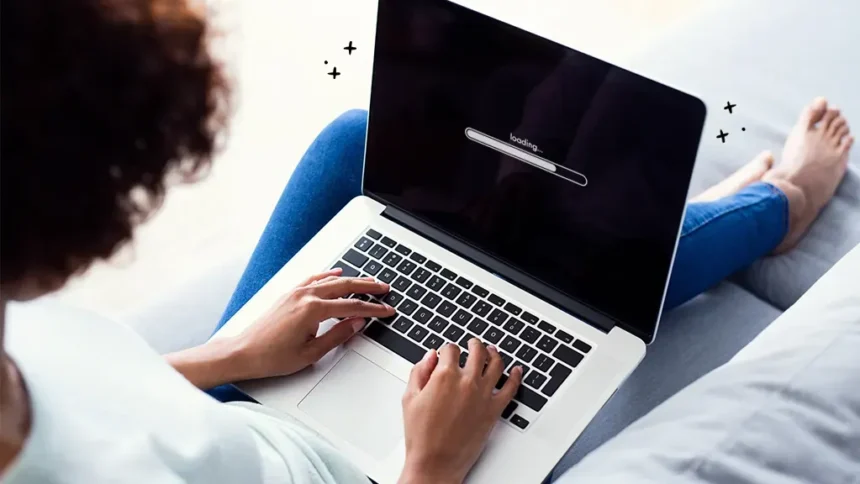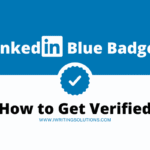Is your laptop taking forever to start up or launch applications? Are you tired of waiting for files to load or experiencing frustrating lag times? This is why it’s very essential to know how to speed up a slow laptop without breaking a bank.
In today’s digital age, laptops have become an essential tool for work, education, and entertainment. However, over time, laptops can slow down due to various reasons.
Fortunately, there are several ways to speed up your laptop without spending a fortune on new hardware or software. In this guide, we’ll walk you through simple steps to speed up your slow laptop without spending a dime.
Step 1: Close Unnecessary Programs and Background Apps
Closing unnecessary programs and background apps can help free up system resources and improve laptop performance. To do this:
- Open Task Manager (Windows) or Activity Monitor (Mac)
- Identify programs consuming excessive CPU, memory, or disk resources
- Close unnecessary programs
Step 2: Disable Startup Programs
Disabling startup programs can help improve boot time and reduce system resource consumption. To do this:
- Open Task Manager (Windows) or System Preferences > Users & Groups > Login Items (Mac)
- Identify unnecessary startup programs
- Disable or remove them
Step 3: Update Operating System and Software
Keeping your operating system and software up to date can help improve laptop performance and security. To do this:
- Check for updates (Windows: Settings > Update & Security; Mac: System Preferences > Software Update)
- Install available updates
Step 4: Clear Disk Space and Temporary Files
Clearing disk space and temporary files can help improve laptop performance. To do this:
- Use built-in Disk Cleanup tools (Windows) or Clean My Mac (Mac)
- Delete unnecessary files and documents
Step 5: Run a Virus Scan and Malware Removal
Running a virus scan and malware removal can help protect your laptop from malware and viruses. To do this:
- Use built-in antivirus software (Windows Defender or XProtect on Mac)
- Download and run a free malware removal tool (Malwarebytes)
Step 6: Optimize Browser Performance
Optimizing browser performance can help improve laptop performance. To do this:
- Disable unnecessary browser extensions
- Clear browser cache and cookies regularly
Step 7: Consider a Factory Reset (Optional)
If your laptop is still slow after trying the above steps, consider performing a factory reset. This will erase all files and settings, so back up important files before doing so.
By following these steps, you can significantly improve your laptop’s performance without spending money.
Frequently Asked Questions about How to Speed Up a Slow Laptop Without Spending Money
Why is my laptop slow?
Laptops can slow down due to cluttered disk space, outdated software, malware infections, or resource-intensive programs running in the background. This is why it’s very essential to know how to speed up a slow laptop without breaking a bank.
Will closing unnecessary programs improve laptop performance?
Yes, closing unnecessary programs can help free up system resources and improve laptop performance.
How often should I update my operating system and software?
It’s recommended to check for updates regularly and install them as soon as they’re available to ensure your laptop stays secure and performs optimally.
Can malware cause my laptop to slow down?
Yes, malware infections can cause laptops to slow down. Running regular virus scans and malware removal can help protect your laptop.
Are these steps suitable for both Windows and Mac laptops?
Yes, the steps outlined in this guide are applicable to both Windows and Mac laptops, although some specific instructions may vary depending on the operating system.





